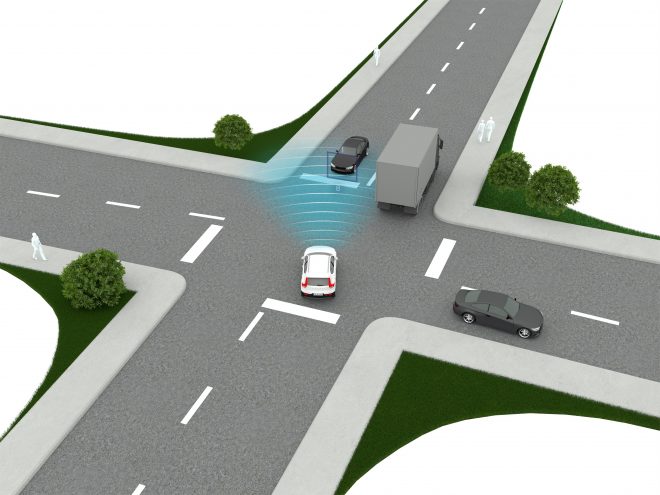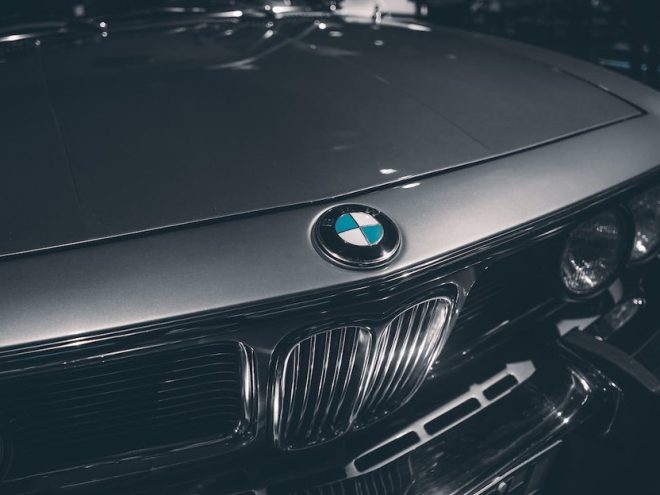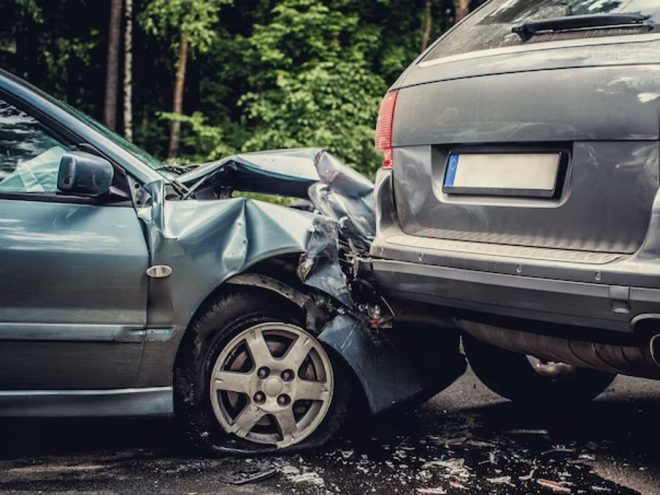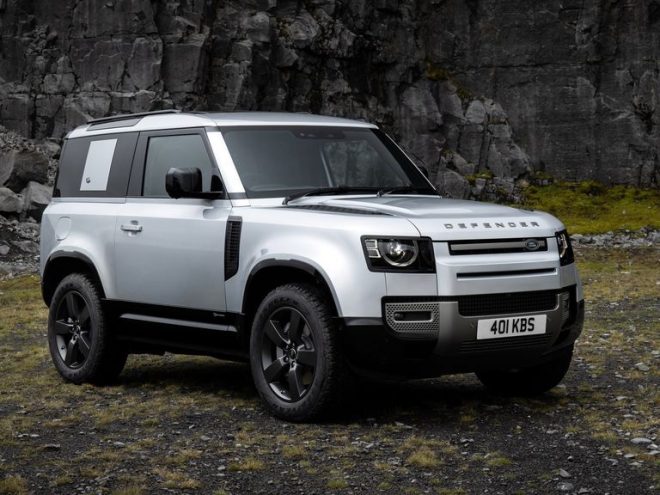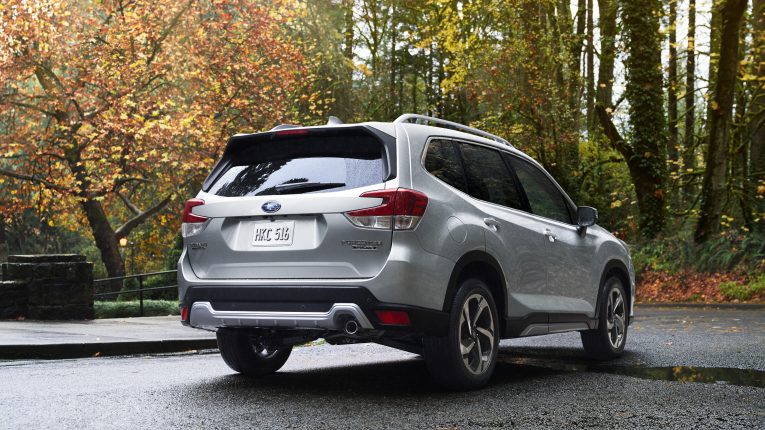
Car Seat Safety Ratings Explained
Today, auto and car seat manufacturers have made so much progress in the field of car seat safety. And while it’s great that car seats are safer than ever before, it can be challenging for parents to know which seats offer the best possible protection for their child.
In response to this challenge, organizations have sprung up recently to help parents decide which car seats to buy for their kids.
There are many things to remember when buying a car seat, from weight and height restrictions to crash test ratings and ease of use. Fortunately, parents can access more information about which car seats are safest for their kids by reading below and by visiting Dream Baby Gear.
Car Seat Types
1. Rear-Facing Car Seat
These seats are designed to be used in a rear-facing position. The car seat is installed with the child facing towards rear of the vehicle. It protects your child from any potential impact from the back and sides. The harness is installed to be used with a lap belt or an infant insert.
Infant car seats are designed to fit children under a year old. These seats are often called “baby buckets” since they resemble bucket seats. The shoulder straps and seat belt buckles are designed to be used by children under 25 pounds, while the seat itself is designed to be used by children up to 50 pounds.
The most important thing to remember is that infant car seats must be installed rear-facing for the first few months, or even years, depending on your state’s requirements, your child’s weight, and height.
For example, some states require a child to sit in a rear facing car seat until he or she is either two, or weighs more than 40 pounds,e or is over 40 inches tall.
2. Convertible Seat
These seats allow a child to ride rear-facing for the first few years and then can be adjusted to face forward as the child grows. They are very popular because they are often the most affordable and easiest to use. This type of seat is a great choice for parents who want to use the car seat in multiple modes, such as forward-facing or rear-facing, to adjust to the child as they grow over time.
3. Booster Seat
Most booster seats are designed to fit children from 4-10 years old. These are typically the safest for children who weigh less than 40 pounds and have a height between 4.3 and 5.3 feet tall (100-127 cm).
Most booster seats also have a maximum limit of 65 pounds (29 kg). If your child weighs more than 65 pounds, they should be in a car seat that meets the rating requirements.
Car Seat Rating Systems
The National Highway Traffic Safety Administration (NHTSA) is the government agency that sets and re-sets safety standards for all vehicles in the US. NHTSA has a rating system that allows parents to compare the safety of various car seat models.
Car seats for kids have been tested and certified to meet or exceed the National Highway Traffic Safety Administration (NHTSA) standards. The organization has established standardsfor various car seat types, tested in front and side-impact crash tests.
A seat that has successfully passed these tests is considered a “5-Star” safety seat. The most prestigious safety rating available, “5-Star,” indicates that a particular seat offers superior protection in the event of an accident. Learn more about the test standards below.
1. Overall Crash Test Grades
This rating system considers the car seat’s performance in a crash test. The higher the number, the safer your child is in that seat. NHTSA rates car seats based on their ability to withstand a crash. The agency tests car seats by hitting them with a large steel ball, which simulates a real-world crash. Each car seat is rated based on its protection during the collision. The grade ranges from A+ (best) to C (worst).
2. Side Impact Tests at 30mph
This is the most comprehensive test for car seats conducted by the NHTSA. The side test measures the ability of a seat to withstand an impact with a stiff barrier at 30mph. In the side-impact test, a crash dummy is placed in the front seat of a vehicle and allowed to move freely while being struck by another vehicle traveling at 30mph.
The force applied by the other vehicle is measured using sensors in the dummy’s head. This information is then used to calculate how much force was transmitted into each part of the dummy’s body during impact. From this information, NHTSA determines how well each seat can withstand force from an accident and assigns them a rating of 1-5 stars.
3. 30-Mph Frontal Impact
The NHTSA tests the efficacy of car seats in a 30-mph frontal crash. This test determines how well the car seat protects a child in a head-on collision. They perform this test on five types of car seats: infant, convertible, booster, side-impact, and super-size. The NHTSA’s tests show that a properly installed car seat will protect the child in this crash from injuries such as whiplash and internal bruising.
What To Look For When Buying A Car Seat
The NHTSA has established minimum safety standards for all car seats to be sold in the US. Generally, the more points each seat scores in a crash test, the better it can protect your child upon impact.
There are also other standards that some car seats have passed, like being able to accommodate children between 40-70 pounds or between 4-8 years old, but these are not required by law. Parents can choose from the top-rated seats by knowing what each test evaluates and how many points it has awarded.
Things to Consider Before Purchasing A Car Seat
It’s important to keep in mind that a car seat is the single-most important piece of equipment your child can have while riding in a vehicle. Consider the following before you purchase a seat for your child.
1. Make sure the seat will fit into the back of your car. Most descriptions have measurements available.
2. Check all labels and warnings before you buy a car seat
3. Cross-reference the seat’s height and weight restrictions against your child’s height and weight stats.
4. Check for any open recalls
5. Conduct research and rad reviews of other parents
6. Determine whether you need to purchase a base for your child’s car seat (check with your manufacturer to make sure that you can use their specific model).
After you purchase the seat, make sure the car seat is correctly installed in the vehicle. Local police and fire departments can help install the seat correctly for you if you need help. Stay up to date on car seat laws in your area and check periodically for damage, such as cuts to the seat belt harness, or cracks in the frame. With a little research and vigilance, you can have a car seat that lasts you as long you need it while maintaining your child’s safety.

